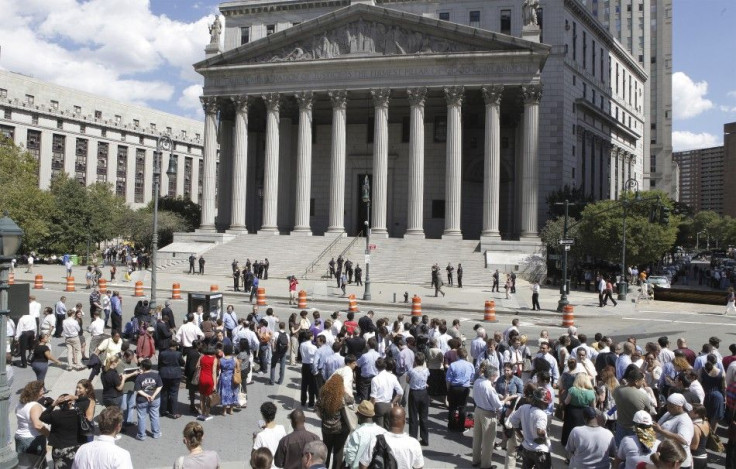Strong East Coast Quake Highly Unusual: Scientist

The strong earthquake that rattled the eastern United States on Tuesday was highly unusual in its severity, though it was centered in a part of Virginia known for smaller quakes, seismologists said.
The initial earthquake, which registered a magnitude of 5.9 just before 2 p.m. EDT, was felt from the Carolinas to New England.
One of this size is highly unusual, said Karen Fisher, a professor of seismology at Brown University and president-elect of the seismology section at the American Geophysical Union. This is the largest earthquake by far that I am aware of occurring there in recent history.
The quake's epicenter in central Virginia is in an area the U.S. Geological Survey calls the Central Virginia Seismic Zone, Fisher said by phone from Providence, Rhode Island.
While the strength of the quake was unusual, the wide spread of the shock waves was common for the East Coast, according to Peggy Hellweg, a research seismologist at the Berkeley Seismological Laboratory in California.
This is largely due to the difference in the terrain, Hellweg said in a telephone interview.
Our ground is all of this chopped-up stuff ... like a pile of marbles, Hellweg said of California's geology, which means that the waves from a quake don't spread out all that far.
In the Eastern United States, she said, What you've got there is gorgeous bedrock and ... the waves propagate beautifully.
Another difference between the East and West U.S. coasts is that the West Coast is over the boundary between two active tectonic plates, the North American and the Pacific, and the force of these plates sliding against each other generates quakes regularly, Fisher said.
In the East, she said, There's no driving engine in terms of the two plates sliding past each other ... so that's why it's much more unusual.
David Oppenheimer, a seismologist with the U.S. Geological Survey, said aftershocks should be expected for months.
You'll feel magnitude 3 earthquakes over great distances ... I would expect tens of magnitude 3s for earthquakes of this size, Oppenheimer said from Menlo Park, California.
© Copyright Thomson Reuters 2024. All rights reserved.











